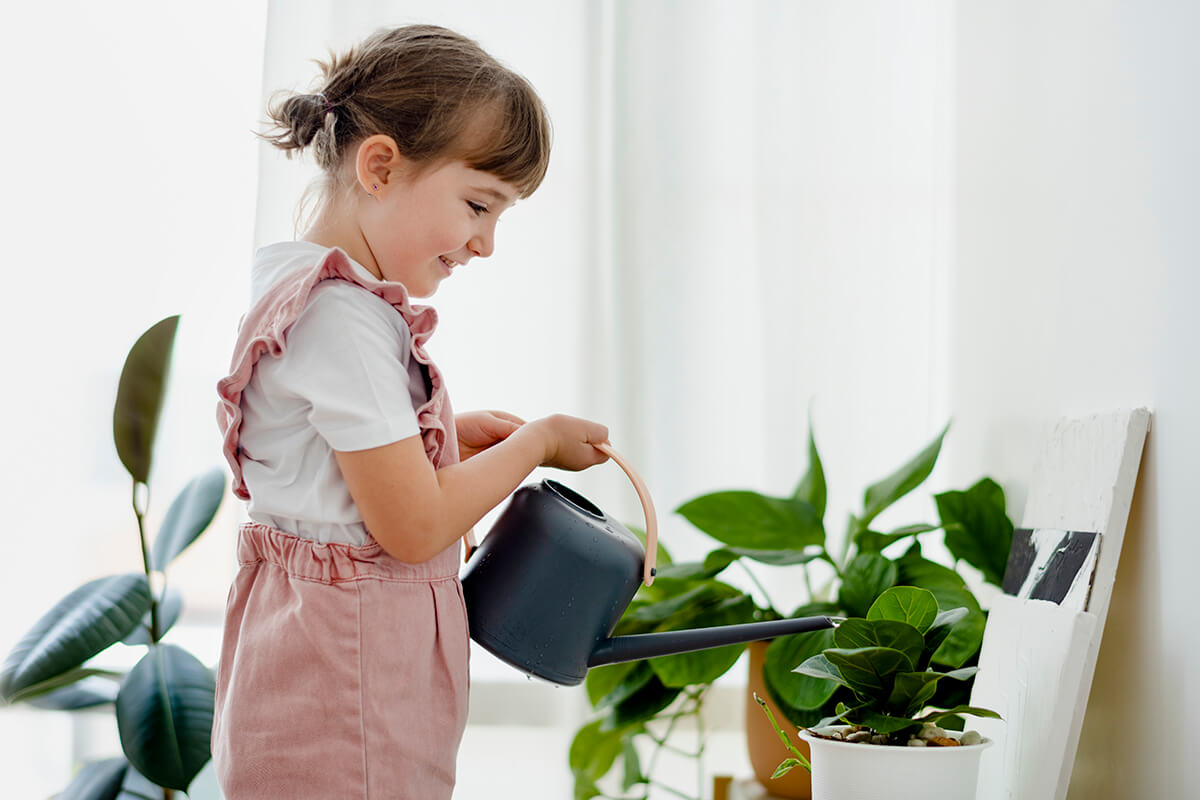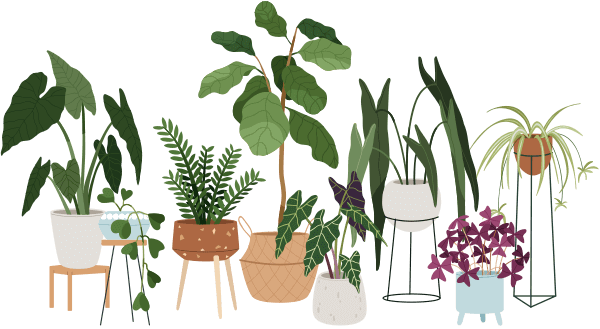Bringing a Cast Iron Plant, also known as Aspidistra elatior, into your home is a wonderful choice for anyone looking for a resilient, attractive houseplant. This plant really earns its nickname thanks to its hardy nature, forgiving personality, and low maintenance needs. But even the toughest plants benefit from a little know-how, especially when it comes to watering. Giving your Aspidistra elatior the right amount of water, at the right time, will keep it thriving for years!
Let’s walk through everything you need to know about watering your Cast Iron Plant—how much, how often, the best methods, and practical tips for happy, healthy leaves.
How Often Should You Water a Cast Iron Plant?
The Cast Iron Plant is much more forgiving than many other houseplants, making it perfect for busy or forgetful folks. The golden rule: less is more.
- Frequency: Water your Aspidistra elatior only when the top 1-2 inches of soil feel dry to the touch. For most indoor environments, this means watering about every 10-14 days. In winter, watering may drop to once every 3-4 weeks.
- Seasonal changes: Growth slows in cooler months, so the plant uses less water.
Tip: If you’re ever unsure, wait a few more days. Underwatering is much easier for this plant to recover from than overwatering.
How Much Water Does the Cast Iron Plant Need?
Unlike some fussier plants, Aspidistra elatior doesn’t want to sit in soggy soil.
- Amount: Water slowly until it just begins to run out the drainage holes in the pot. Then stop!
- Signs you’ve watered enough: The soil should feel evenly moist, never waterlogged.
This approach helps prevent root rot, a common issue with overwatering.
Is the Cast Iron Plant Sensitive to Overwatering or Drought?
Yes, though it might not show you right away!
Overwatering
Cast Iron Plants really dislike “wet feet.” Consistent overwatering can cause root rot, yellowing leaves, and mushy stems.
- Signs of trouble: If you see limp, yellowing, or mushy leaves, scale back on watering and let the soil dry out more between waterings.
Drought Tolerance
The Aspidistra elatior’s reputation for toughness is well-earned. It will tolerate drying out now and then, bouncing back as long as it isn’t left bone-dry for months.
If you forgot to water, don’t panic! Resume your regular schedule and your plant should forgive you.
Should You Mist or Spray Your Aspidistra elatior?
Good question! The truth is, the Cast Iron Plant is not fussy about humidity.
- Misting/Spraying: Regular misting is not necessary, though light misting won’t hurt.
- Humidity level: Aspidistra elatior is perfectly content in typical apartment air (about 30-50% humidity). No humidifiers needed.
Is Bottom Watering or Top Watering Better?
Either method works for Cast Iron Plant, so choose what’s easier for you.
- Top watering: The most common method—just water at the base of the plant until water runs out the drainage holes.
- Bottom watering: You can set the pot in a dish of water for 20-30 minutes, allowing the soil to soak up moisture. This method can ensure even watering if you tend to underwater.
Important: Regardless of method, always pour away any excess water left in the saucer after 15-30 minutes. Too much standing water can harm roots.
Quick Watering Tips for Aspidistra elatior
Here’s a handy checklist for watering your Cast Iron Plant:
1. Stick your finger into the soil to check for dryness.
2. Water deeply, but not too often.
3. Empty drainage trays after watering.
4. Avoid letting leaves sit in standing water.
5. Relax—these plants are forgiving!
In Summary: Give Your Cast Iron Plant Just What It Needs
Watering Aspidistra elatior is simple when you follow these easy, practical steps. Wait until the soil dries out, water thoroughly (but not too much), and avoid leaving water sitting in the pot or tray. Don’t worry—your Cast Iron Plant is there to support you, too! With just a little attention, it will reward you with sturdy, glossy leaves and years of resilience in your home.


